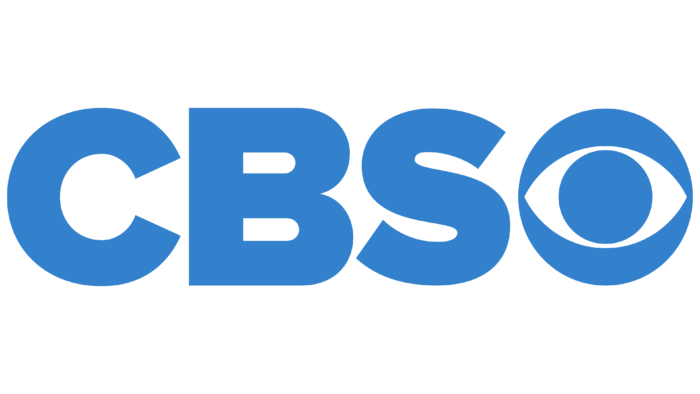Julius Erving, the great and wondrous “Dr. J,” was the dominant player of his era, an innovator who changed the way the game was played. He was a wizard with the ball, performing feats never before seen: midair spins and whirls punctuated by powerful slam dunks. Erving was one of the first players to make extemporaneous individual expression an integral part of the game, setting the style of play that would prevail in the decades to follow.
A gracious, dignified, and disciplined man, Erving was an ideal ambassador for the game. He was the epitome of class, and no player was more respected.
“As a basketball player, Julius was the first to truly take the torch and become the spokesman for the NBA,” said friend and former coach Billy Cunningham. “He understood what his role was and how important it was for him to conduct himself as a representative of the league. Julius was the first player I ever remember who transcended sports and was known by one name — Doctor.” Erving began his professional career in the American Basketball Association with the Virginia Squires and the New York Nets. Widely regarded as the greatest player of his time, he is often considered to have been the main catalyst for the ABA-NBA merger in 1976. A 6-7, 210-pound small forward, he also played for 11 years with the Philadelphia 76ers, leading them to the NBA crown in 1983.
In his five ABA seasons, Erving won three scoring titles, three Most Valuable Player Awards and two league championships. During his 11-year NBA career Erving was an All-Star each season, the league’s Most Valuable Player in 1981 and a five-time member of the All-NBA First Team. He scored 30,026 points in his combined ABA and NBA career; only Kareem Abdul-Jabbar, Wilt Chamberlain, Karl Malone and Michael Jordan have scored more points in the history of professional basketball.
Julius Winfield Erving II was born on February 22, 1950, in Roosevelt, New York. He starred for Roosevelt High School, earning a reputation as a fundamentally sound but not spectacular player. Although the origins of his nickname remain unclear, the most common story has the moniker coming from a high school friend, who dubbed Erving “Doctor” because Erving called him “Professor.” The name stuck, and it even came to define the way Erving “operated” on a basketball court.
He enrolled at the University of Massachusetts in 1968, and although he averaged 26.3 points and 20.2 rebounds over two varsity seasons, he was still fairly obscure when he left the school in 1971 to sign as an undergraduate free agent with the ABA’s Virginia Squires.
Professional basketball was extremely volatile in 1971-72, the year Erving launched his brilliant career. The ABA and NBA were already talking about a merger, players were jumping from league to league and franchises were in flux.
However, Erving initially went to the ABA. Although Virginia already had ABA scoring champ Charlie Scott, Erving began to contribute immediately. He later said he realized he was in his element during his first game as a rookie.
On a drive to the hole, he was challenged by the Kentucky Colonels’ 7-2 Artis Gilmore and 6-9 Dan Issel. “I went in between both of them and just hung there and waited for them to come down. Then I dunked on them so hard I fell on my back,” recalled Erving in the Boston Globe. “Just doing that made me confident to go after anyone, anytime, anywhere, without any fear.”

















